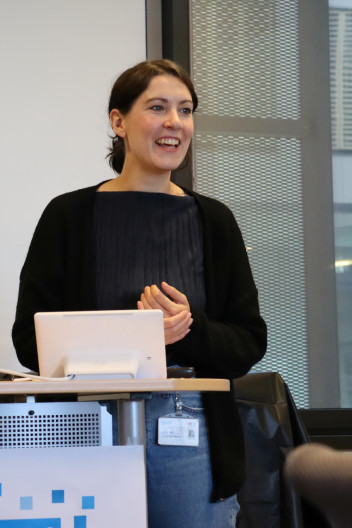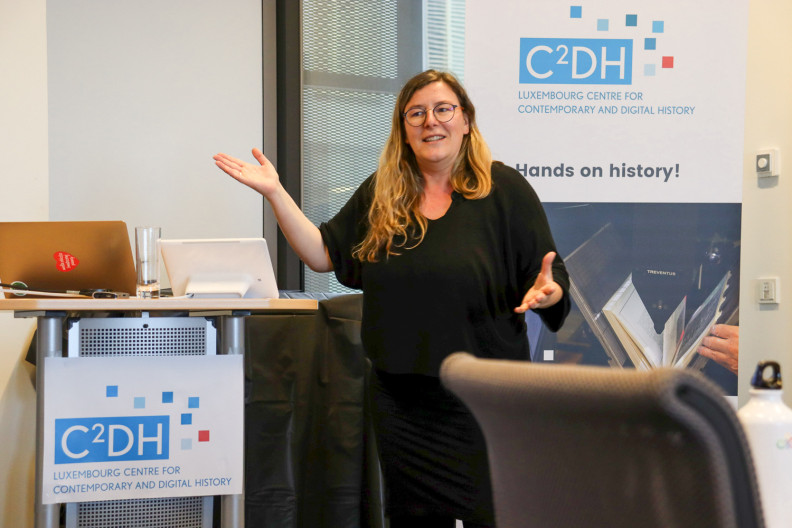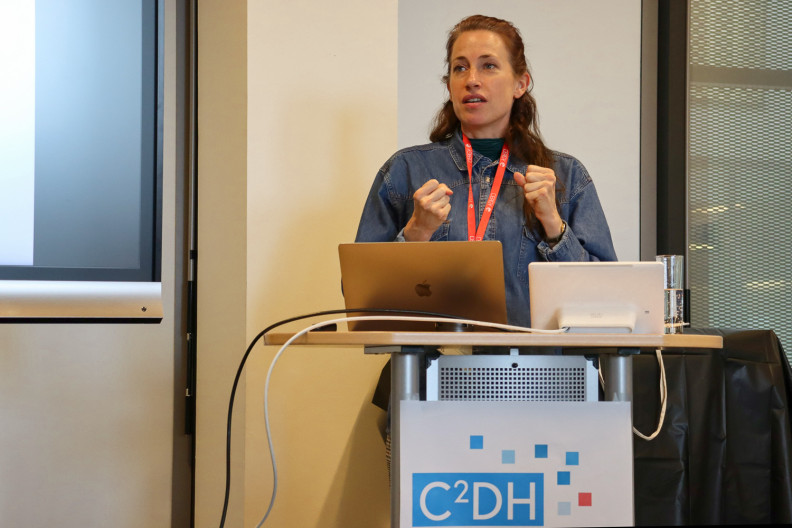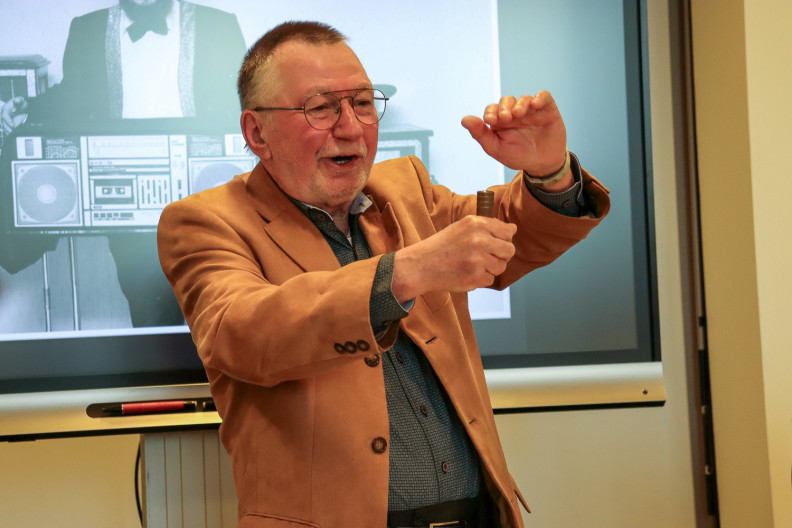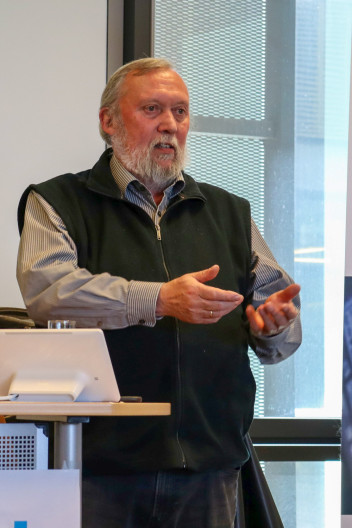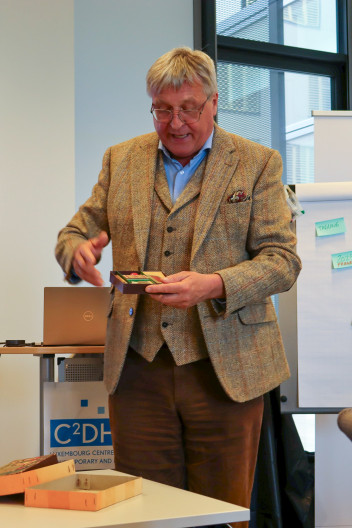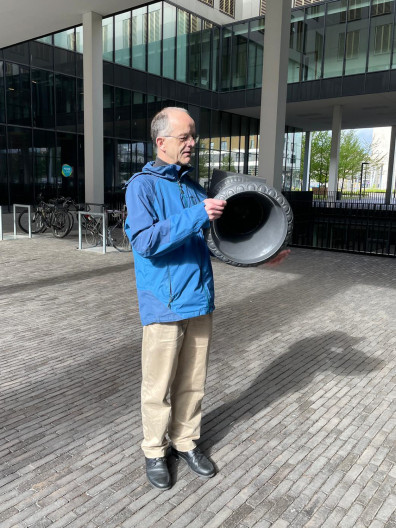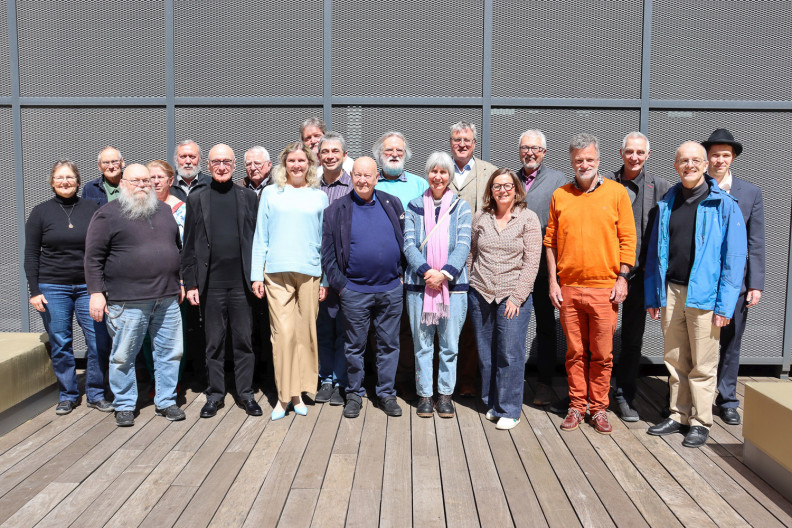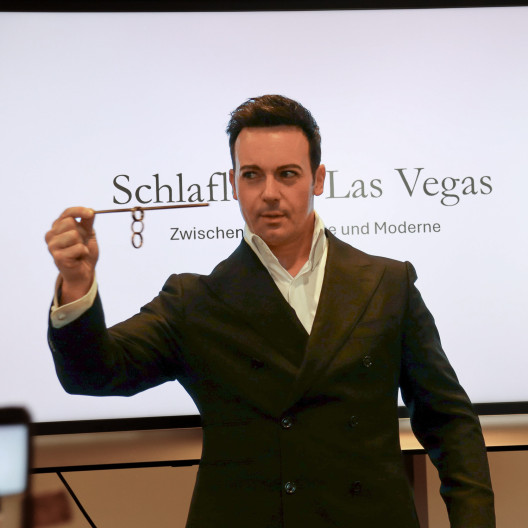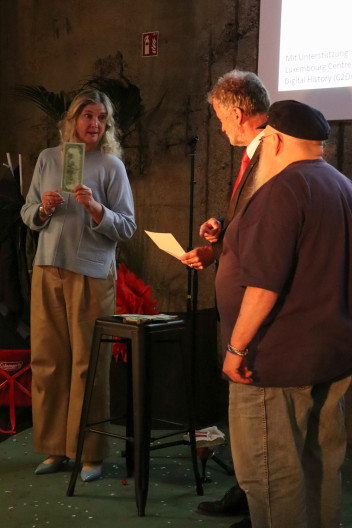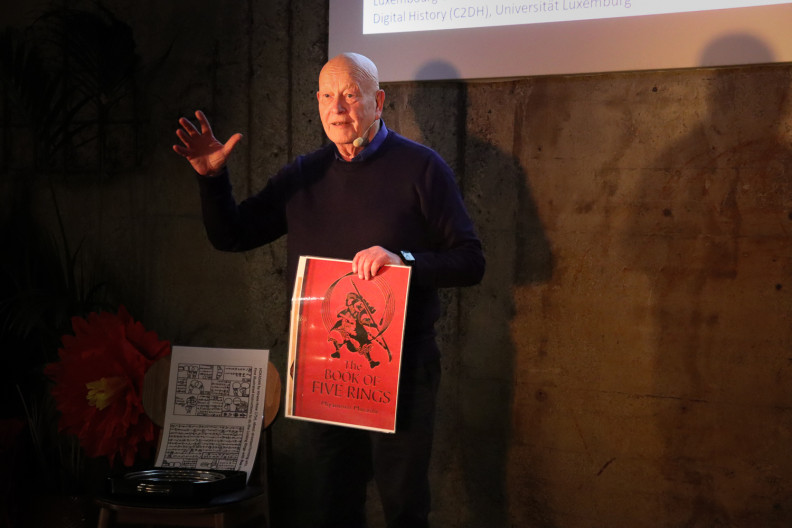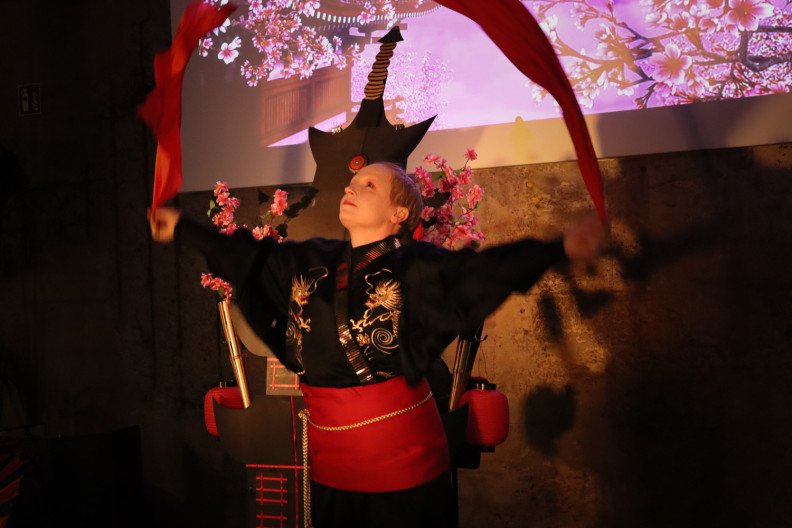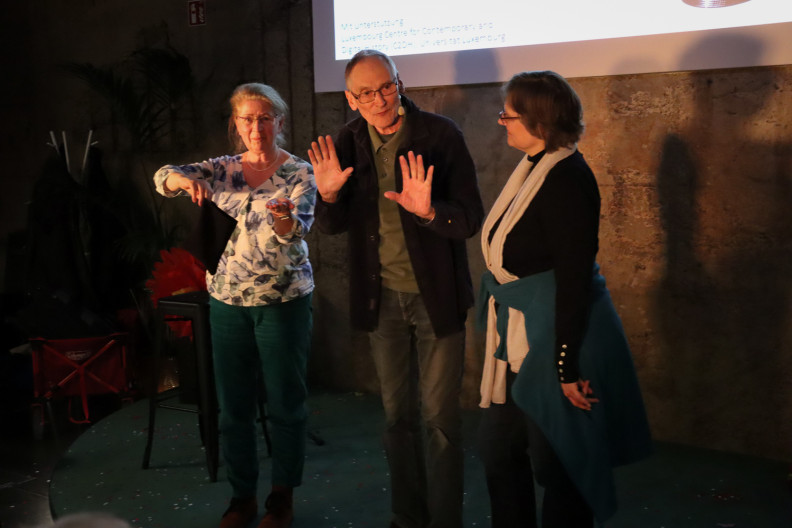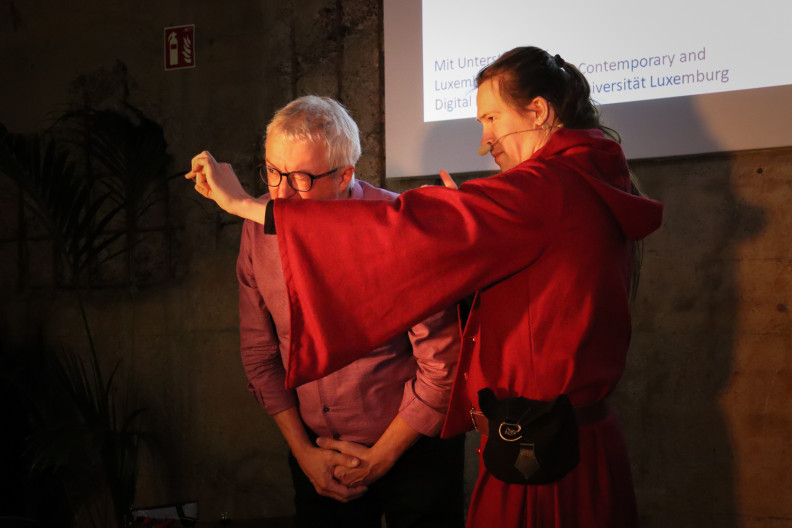Nearly 30 amateur historians and collectors from Germany, Austria, Switzerland and Luxembourg met in Belval to discuss the latest research in the history of magic. Amateur historians help to broaden historical narratives by providing alternative viewpoints and uncovering stories that might otherwise go unresearched. In doing so, they preserve the stories of marginalised or niche traditions, such as the history of magic, within mainstream history. Amateur relates to the fact that these participants do not work as historians. However, because of their interest in the art of magic, they spend a great deal of time researching the art, writing biographies of past magicians, and delving into their collections of books, posters, apparatus, and all manner of ephemera. Several of the participants have published extensively and share their knowledge at meetings such as this.
The methods and sources used are similar to those of academic research, and the same criteria of source criticism apply. To share the latest methods and issues, three scholars from the C²DH gave presentations on historical newspaper research (Johanna Jaschik), AI applications and scalable reading (Dr. Estelle Bunout), and oral history and renactements (Dr. Laura Steil). Participants were invited to visit the DH-Lab, where Andy O'Dwyer, Head of the DH-Lab, explained the C²DH's digitisation goals and process. The general consensus was that the exchange with academic researchers was very inspiring and gave much things to consider. The desire for further exchanges was discussed, as there is a need to align better the research questions and goals of academic and magical historians.
Biographies provide a window into the complex weave of magic’s past and its dynamic relationship with broader society. The foundation of such research typically includes letters, photographs, promotional materials, specialised periodicals, and texts on magical history. Holger Steigerwald concentrated on historical periodicals, discussing K. M. Heesbee’s life (Amsterdam 1798 - Copenhagen 1841), a European-touring magician known for his performances with trained canaries. Additionally, Thomas Vité shed light on Walter Sperling-Tagrey (1897-1975), while Peter Benninghaus highlighted Willem Klein (Amsterdam 1912 - 1986), famed for his acts as a human calculator under the pseudonym Willy Wortel. Connections to Luxembourg were drawn through magicians like Jean Beckerelli (Cologne 1860 – St. Gallen 1933), who had a significant presence in Luxembourg, notably at the “Schueberfouer”. Rico Leitner updated on his current research endeavours. Pascal Clement discussed Jerry Darnelle (Esch/Alzette 1935 – 2022), renowned as the king of bottles, and in a nod to oral history, Véronique Faber interviewed Fernand Gillen, a now-retired magician from Esch/Alzette, who crafted his illusions and devices while working as a turner at the ARBED steel factory and as a DJ at the “Grenz” in Esch/Alzette.
As Dr. Steffen Taut has accomplished for Dresden, chronicling the history of magic within a specific city or region involves meticulous examination of local archives and personal accounts to construct a narrative reflecting the area's unique magical heritage. The theme of magic in advertisements and promotional gifts has been explored by Jan Isenbart and then by Uwe Schenk and Michael Sondermeyer. This research highlights the effectiveness of categorisation in understanding the use of magical themes and principles to make the products or services offered appear more attractive and, in a sense, magical. In a similar logic but focused on animals, Fl!p perused through the history of magic to look at the use and misuse of animals in magic. A specific animal, the “Wolpertinger”, said to inhabit the alpine forests in Southern Germany, was the topic of Doctor Marrax's talk, where he made this mythical animal magically appear. Thomas Gundlach's presentation about the principles of perception in magic emphasised how magicians exploit cognitive processes to create illusions that captivate the audience. By understanding how we perceive hidden things and reason about them, magicians can perform tricks that seem to defy logic and reality.
The practice of magic is rooted in an understanding of its own history. Convin Splettsen, doing his master's degree in history, about the German scientist and pharmacist Johann Christian Wiegleb (Langensalza 1732 - 1800) and his fight against superstition, turned himself into a performance of Wiegleb. David Goldrake, who currently lives in Las Vegas, experimented with a new routine that he produced after reading historical magic books during Covid lockdown and combining them to achieve the desired effect. Knowledge of history is crucial for advancing the art of magic, both theoretically and practically. A Variety Night combined the social aspect of such a conference with magic, as participants performed on the stage of Café Saga.
The 31st Symposium on the History of the Magic brought amateur historiography and academic research together. The diversity of its presentations highlights the rich tapestry of magic’s past, ensuring that the legacy of magic and illusionism continues to inspire and inform. Similar events are hosted annually in Italy, the United Kingdom, The United States, Belgium, and France. This is an indication of the interest in a better understanding of the art of magic through a mixture of historical context and the practical aspects of magic.



